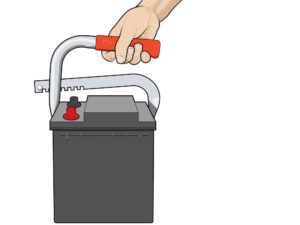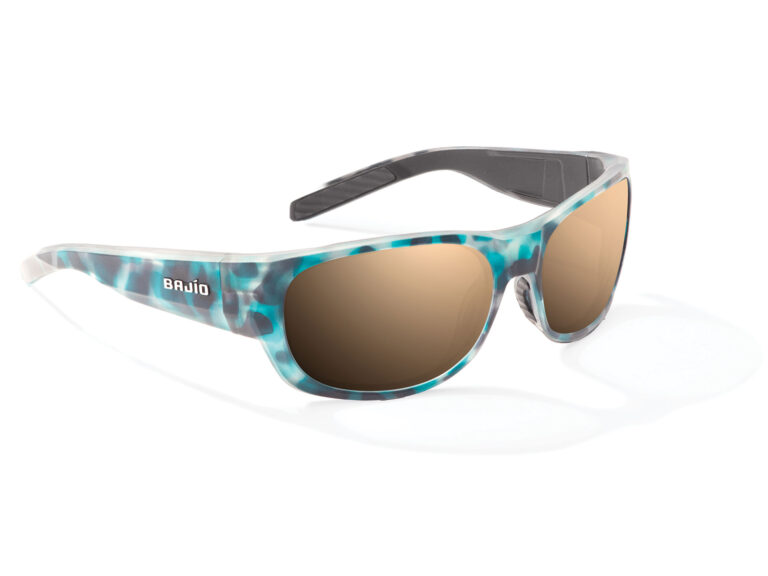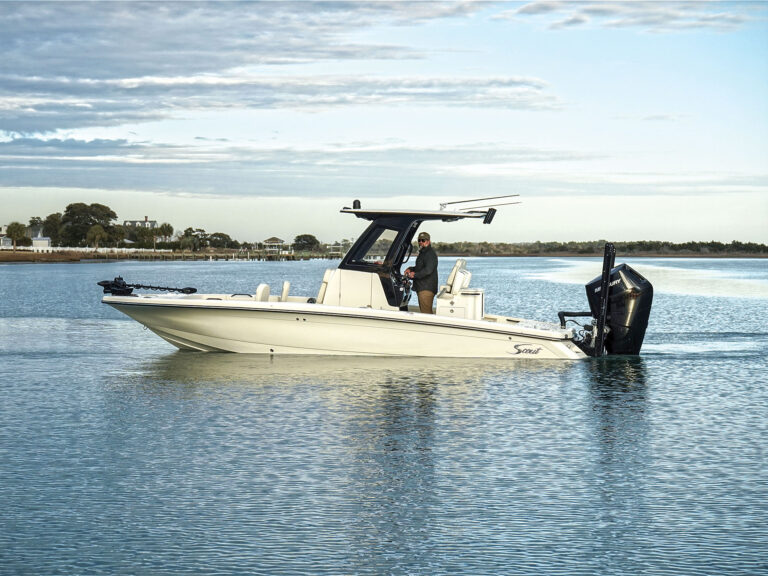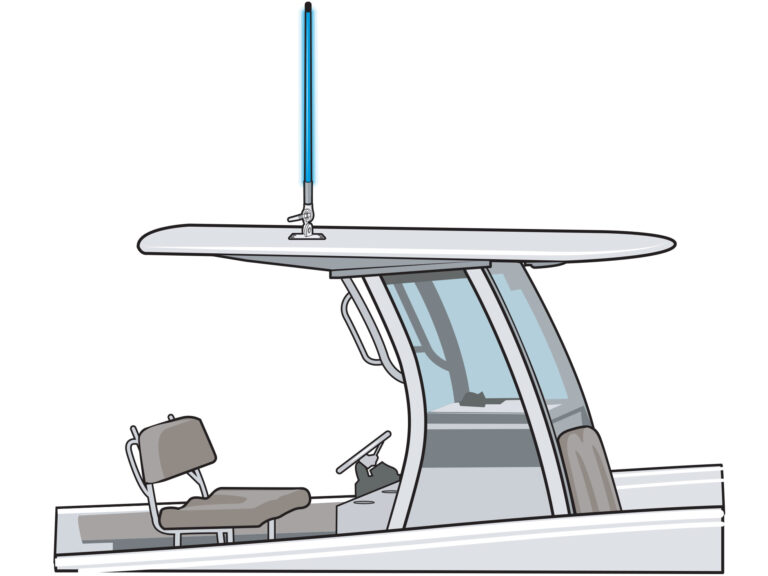I was picking my way through fog. The buoys were painting clearly on the radar, their positions verified by the chart plotter. But as I approached the next mark, I first heard, and then saw, a boat cross my bow at 50 feet.
The boat had been anchored beside the marker and both displayed as just one target. Collision was prevented thanks to sight, sound and both boats operating at dead slow in the thick visibility.
I wouldn’t be without electronics, but they can deceive you at times, and you should be aware of when and why. Here are some other examples and steps you can take to maintain safety.
Scenario 1
I hail a fellow angler over the VHF. He’s catching. I want to know where he is. He tells me. It’s South Jersey, about 150 miles away. My boat has that kind of range; the VHF doesn’t. In certain atmospheric conditions, radio waves bounce. Most times, the Doppler effect is a fun experience. But suppose I had been requesting local knowledge of how to best transit “the inlet.” He would have given me the best route through Manasquan even though I was lying off Shinnecock. Lesson: Get the location of those you’re speaking to as a matter of practice.
Scenario 2
It’s night. I am following my chart plotter through a narrow channel. The plotter shows me in navigable water, but there’s a glint off a seam of water ahead. A flat! I throttle back and get low to the gunwale, cocking my head sideways to kick-start my peripheral vision — better at night than looking head on. I spy the silhouette of an unlit buoy 200 yards away — then another a little farther on.
The buoys were moved since my chart was last updated, the winter storms having shifted the shoals.Lesson: Get your charts updated.
Scenario 3
My brand-new 1,000 kW depth sounder tells me I’m in two feet of water. I know I’m in five feet because I’m just off my own dock. Plus, my boat draws three feet and I’m still floating.
As the water’s depth reaches a sounder’s preset depth range, the gain is increased and can, especially in shallow, murky water, erroneously display the layer of silt or weeds above the bottom as the bottom. Lesson? Decrease the gain, switch to a lower output frequency, or both. Turning off the automatic features often results in more reliable sonar readings.









